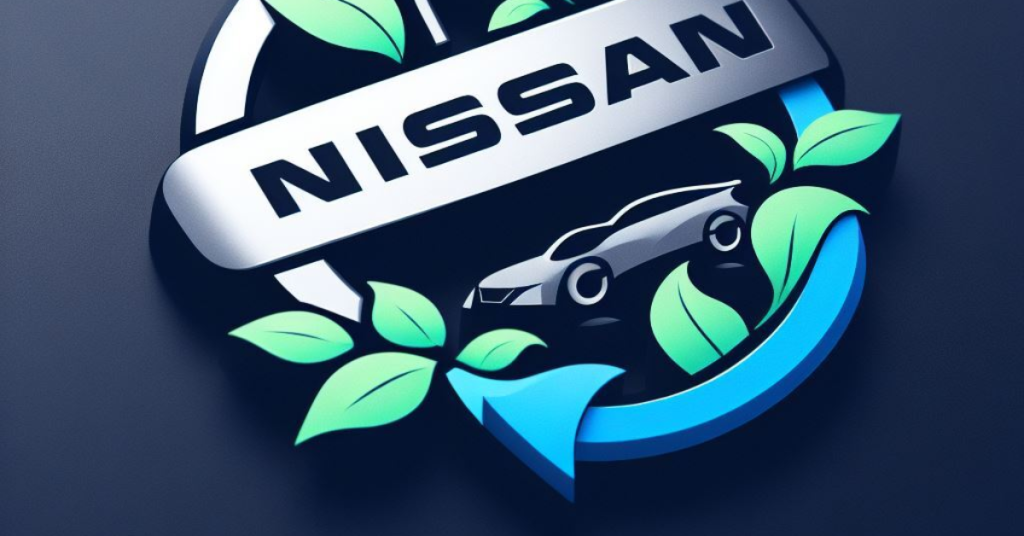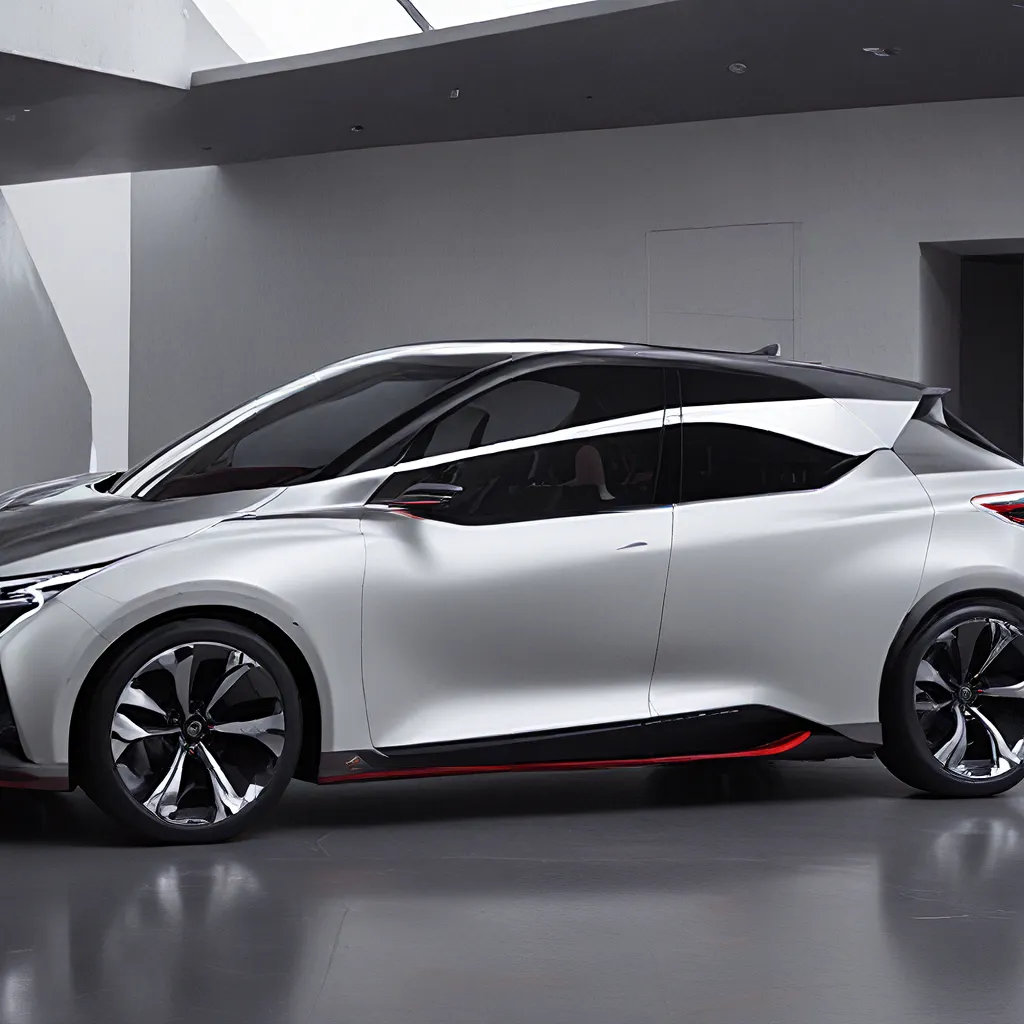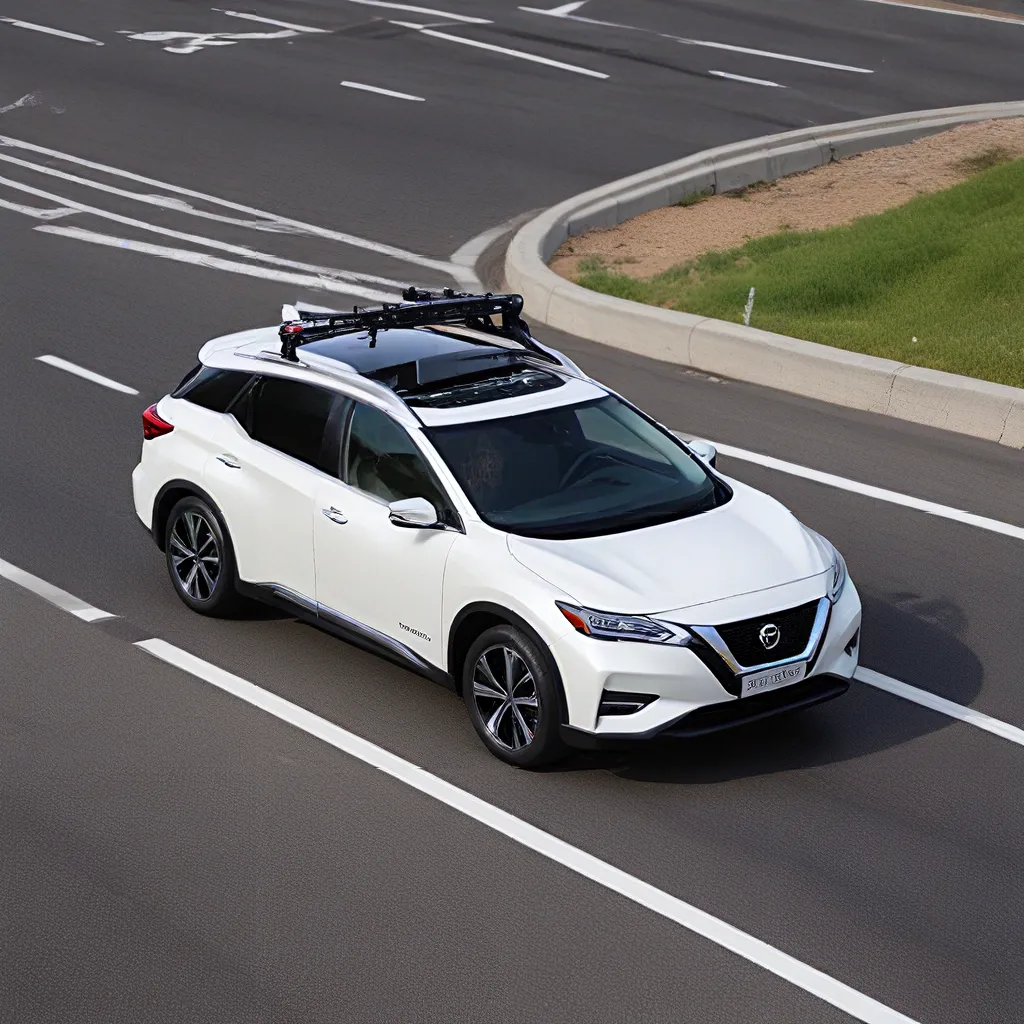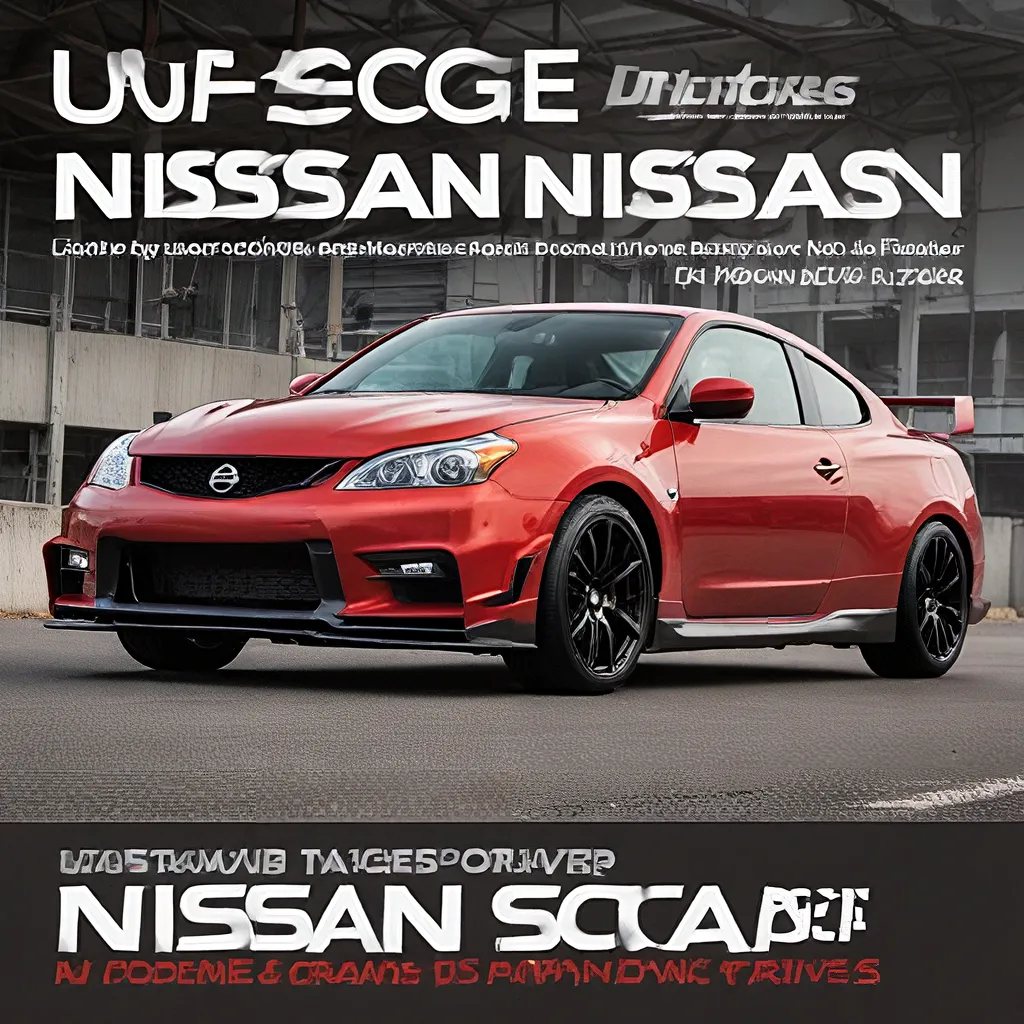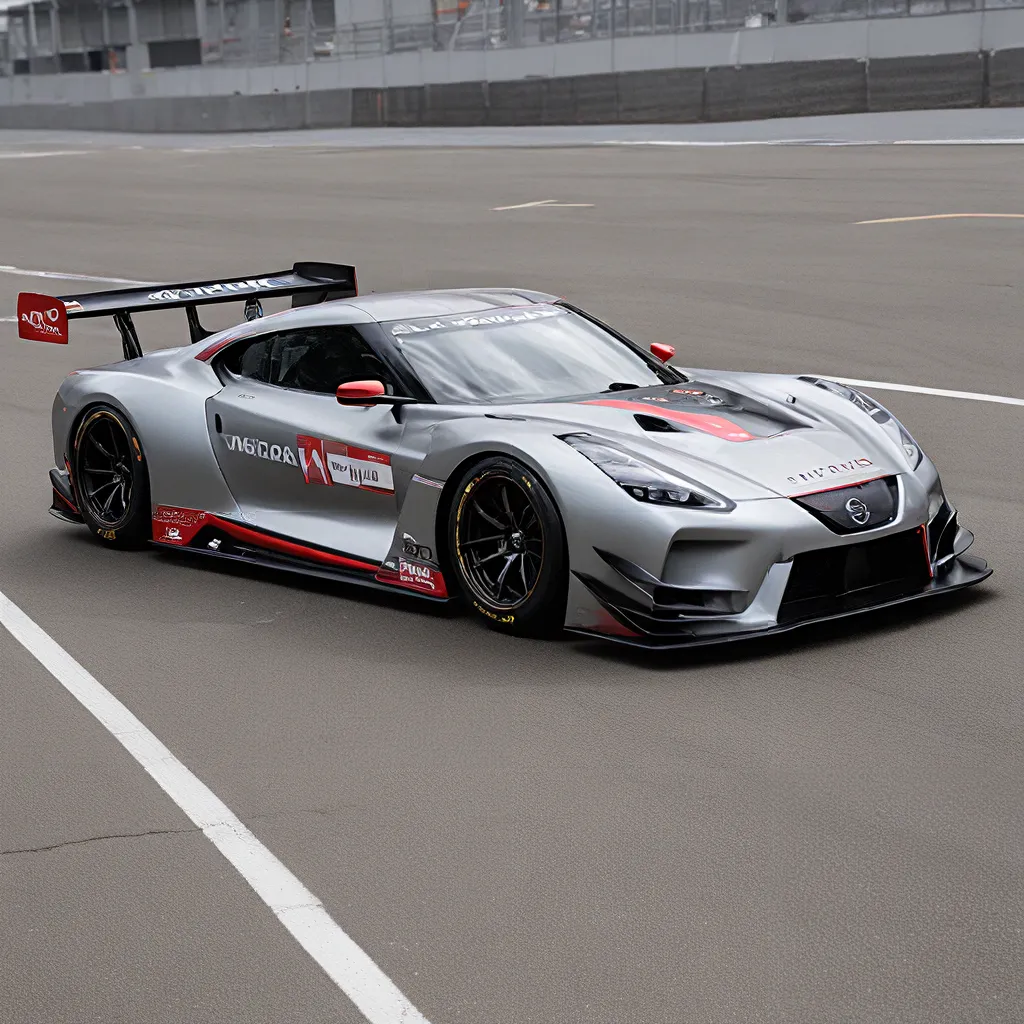
The Need for Speed
Confession time: I’m a self-proclaimed speed junkie. There’s just something about the thrill of pushing the boundaries of performance that makes my heart race (pun intended). So when I heard that Nissan was making waves in the world of all-electric motorsports, I knew I had to dig deeper.
You see, Nissan has never been one to shy away from a challenge. In fact, their core belief since the very beginning has been to “Dare to do what others don’t.” And boy, have they been putting that mantra to the test with their foray into Formula E racing.
Lighting Up the Streets of Tokyo
As I learned, Nissan is the first and only Japanese automaker to join the all-electric FIA Formula E World Championship. And this March, they’re gearing up for their biggest challenge yet: the inaugural Tokyo E-Prix.
The streets surrounding the Tokyo Big Sight exhibition center will play host to the fastest, lightest, and most technologically advanced cars in all of electric motorsports. With a 2.6 km circuit featuring 18 challenging turns and high-speed straights, these lightning-quick machines will be putting on one heck of a show for up to 20,000 eager fans.
But what really caught my attention was the sheer pace of a Formula E event. These races are renowned for their fast-paced format, with practice, qualifying, and the main event all happening on the same day. It’s a true test of technological prowess, preparation, and driving skill – no room for error here.
Nissan’s EV Expertise Shines on the Track
Now, you might be wondering, “What does all this have to do with me and my daily commute?” Well, my friends, that’s where Nissan’s secret sauce comes in.
You see, Nissan has been a pioneer in the electric vehicle (EV) space for over a decade. They were the first company to mass-market an all-electric vehicle with the Nissan LEAF, and the data and insights they’ve gained from over 16 billion kilometers driven by LEAF customers have played a crucial role in the design of their Formula E race technology.
In other words, Nissan is taking the lessons they’ve learned on the racetrack and using them to shape the next generation of road-going EVs. It’s a win-win situation for both the track and the street.
The Need for Efficiency
One of the standout features of the Formula E cars is their incredible efficiency. These machines are rear-wheel drive, but they also have a motor at the front for regeneration. In fact, at least 40% of the energy used within a race is created by regenerative braking, making them the world’s most efficient racing cars.
But that’s not all. The latest generation of Formula E cars, known as Gen3, are also lighter and smaller than their predecessors, allowing for faster and more agile wheel-to-wheel racing. And with a maximum output of 350 kW and a top speed of 322 km/h, these electric racers are no slouches either.
To put it in perspective, here’s a quick comparison:
| Specification | Gen2 Formula E | Gen3 Formula E |
|---|---|---|
| Power Output | 250 kW | 350 kW |
| Top Speed | 280 km/h | 322 km/h |
| Regenerative Braking | 250 kW | 600 kW |
Impressive, right? It’s no wonder Nissan is so eager to showcase their EV prowess on the global stage of Formula E.
A Tribute to Japanese Heritage
But Nissan’s involvement in Formula E goes beyond just winning races. They see it as an opportunity to share their decades of expertise in electrification and to reinforce their commitment to sustainability.
And what better way to do that than with a stunning kimono-inspired livery? The bold red, black, and white design is a nod to Nissan’s Japanese heritage, with the iconic cherry blossom pattern symbolizing a new beginning – one where electric vehicles take center stage.
As Nissan’s senior vice president for global design, Alfonso Albaisa, put it, “We used our iconic Nissan racing red, black, and white colors, layered diagonally in a kimono pattern, which creates a dynamic and powerful impression.”
It’s a testament to Nissan’s dedication to showcasing their Japanese roots and their cutting-edge EV technology on the global stage. And with their sights set on the inaugural Tokyo E-Prix, you can bet they’ll be pulling out all the stops to make a lasting impression on their home turf.
The Road Ahead
As I sit here, pondering the future of electric mobility, I can’t help but feel a sense of excitement. Nissan has already proven their mettle in the world of Formula E, achieving second place in the championship last season and securing six podium finishes, including the final race in New York.
But they’re not resting on their laurels. No, Nissan is already hard at work, developing an updated powertrain for the upcoming season to stay ahead of the competition. After all, as Michael Carcamo, Nissan’s global motorsports director, put it, “The second season is sometimes harder than the first.”
So, what does the future hold for Nissan and their race-inspired EV technology? Well, if their track record is any indication, I’d say the sky’s the limit. And with the Nissan LEAF NISMO RC – a dual electric-motor performance vehicle based on the Nissan LEAF – making an appearance alongside the Formula E racer, it’s clear that Nissan is on a mission to bring their race-bred innovations to the streets.
So, whether you’re a speed demon like me or simply looking to reduce your carbon footprint, keep your eyes peeled for Nissan’s latest creations. Because trust me, they’re about to change the game in a big way.
